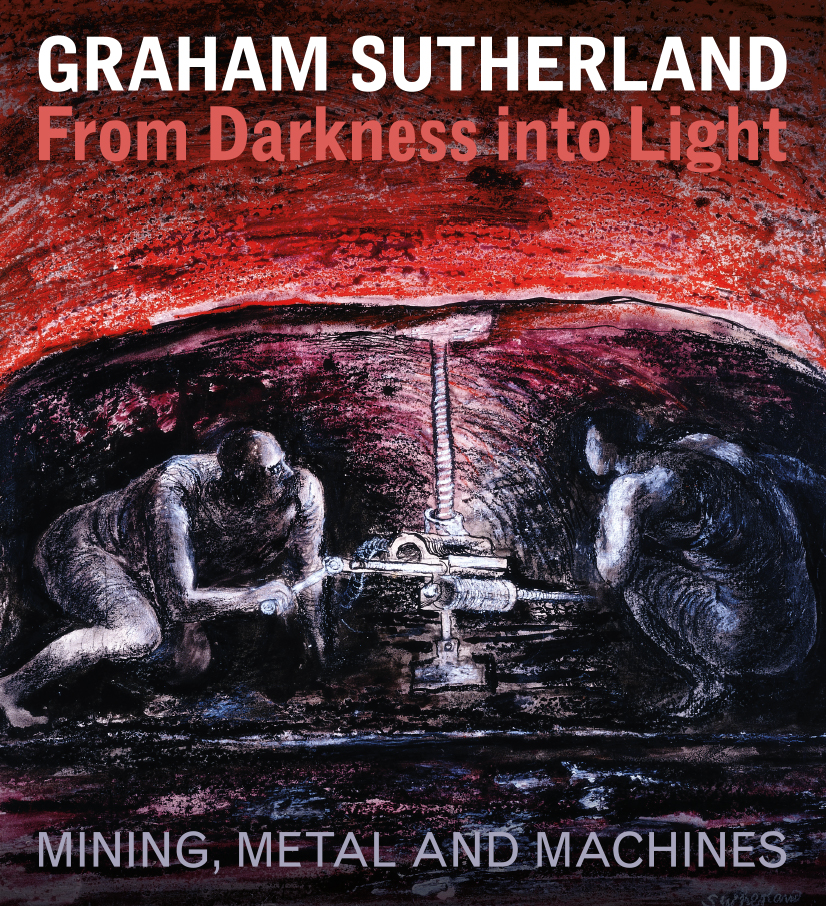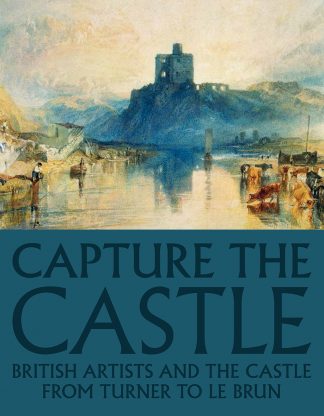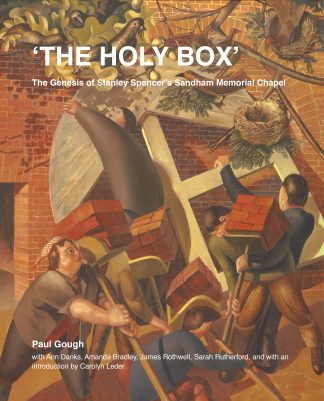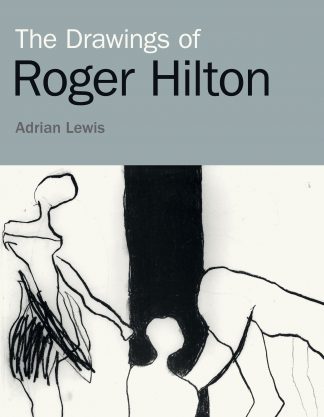Description
FROM DARKNESS INTO LIGHT
GRAHAM SUTHERLAND: MINING, METAL AND MACHINES
Paul Gough, Sally Moss, Tehmina Goskar
ISBN 978-1-908326-38-6
230 x 210mm
96 pages
softback
Graham Sutherland (1903-80) has been hailed as the greatest English landscape painter of the twentieth century and one of the greatest English portrait painters of all time. He is perhaps best known for his great tapestry at Coventry Cathedral rebuilt after being blitzed in the Second World War and a controversial (and later destroyed) portrait of Sir Winston Churchill. But he was also a prolific Official War Artist. He depicted blitzed houses in London’s East End and in Swansea, the destruction of industrial and commercial buildings, and documented the war-effort underground and in the heart of industrial Britain.
This book illustrates the work he undertook in the Geevor tin mine in Cornwall and in the iron and steel foundries of South Wales. To paint the Cornish miners at work in dank and cramped conditions, for several weeks in 1942 he daily descended 1,300 feet in a high-speed bucket into the gloomy depths. Despite the tough reality he found there, he later confessed also to finding it ‘a world of such beauty and such mystery that I shall never forget it.’
For most of his time at the Geevor tin mine Sutherland wrote and drew in a sketchbook just 9 ½ inches by seven inches, concentrating into these compact pages a sequence of evocative images. The outcome is an astonishing collection of works on paper as well as ‘worked up’ oil paintings of heroic images of men united in their endeavour, and – as Sutherland put it – ‘ennobled under ground’.
The book contains a biographical review of the artist’s life and work; a chapter on the industrial links between Cornwall and South Wales and a survey of Sutherland’s ‘home front’ war paintings.
There are 50 or so powerful but rarely seen drawings and sketchbooks from a private collection, finished paintings now in the Imperial War Museum and other public collections, and a number of dramatic archive photographs.




